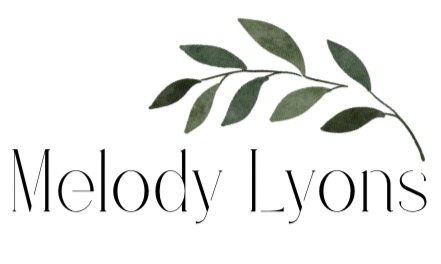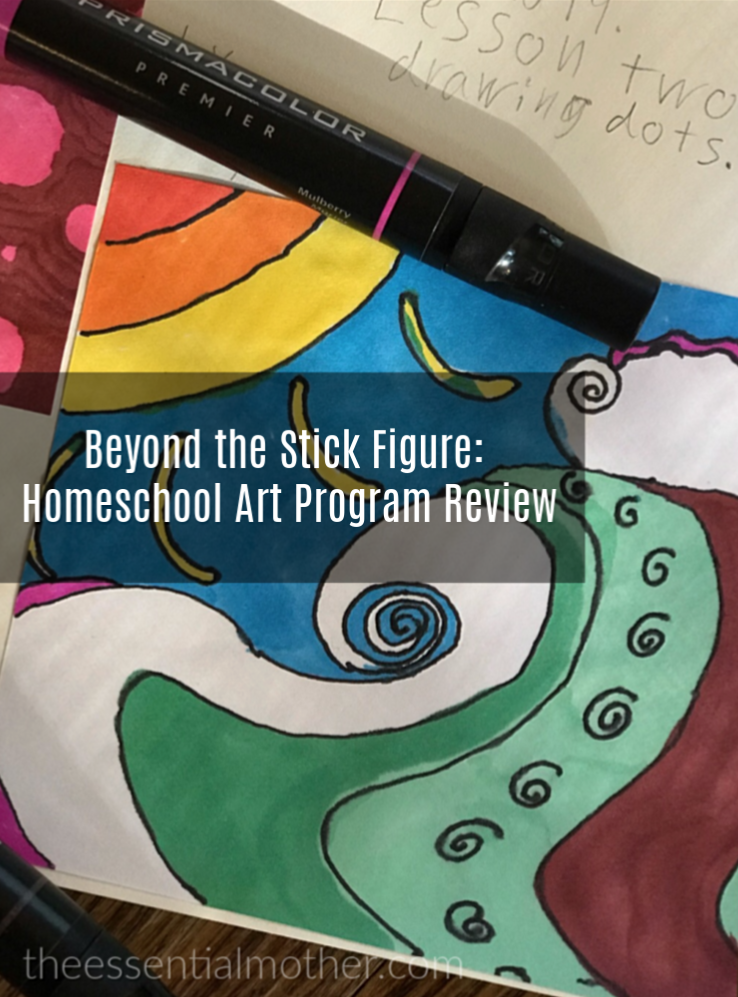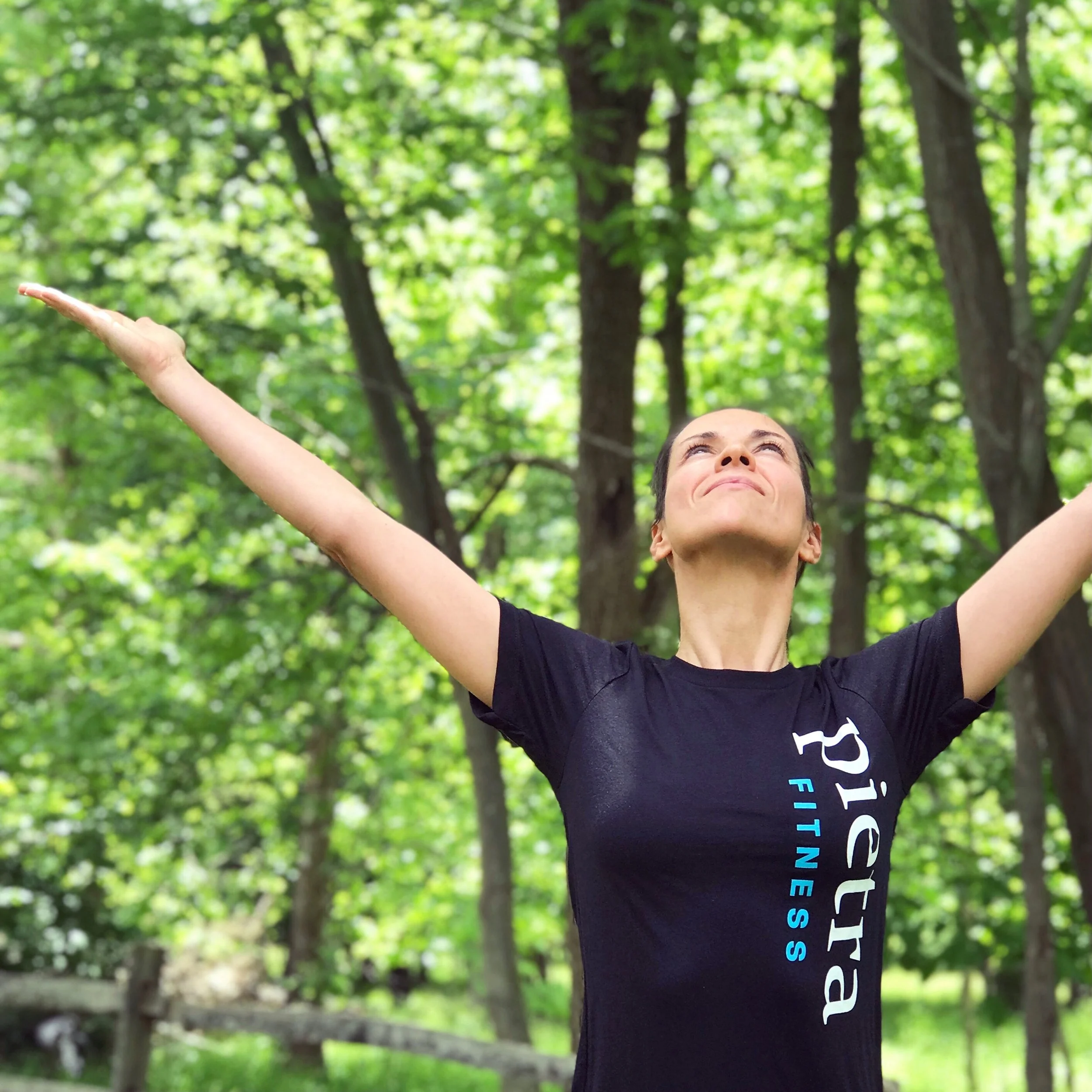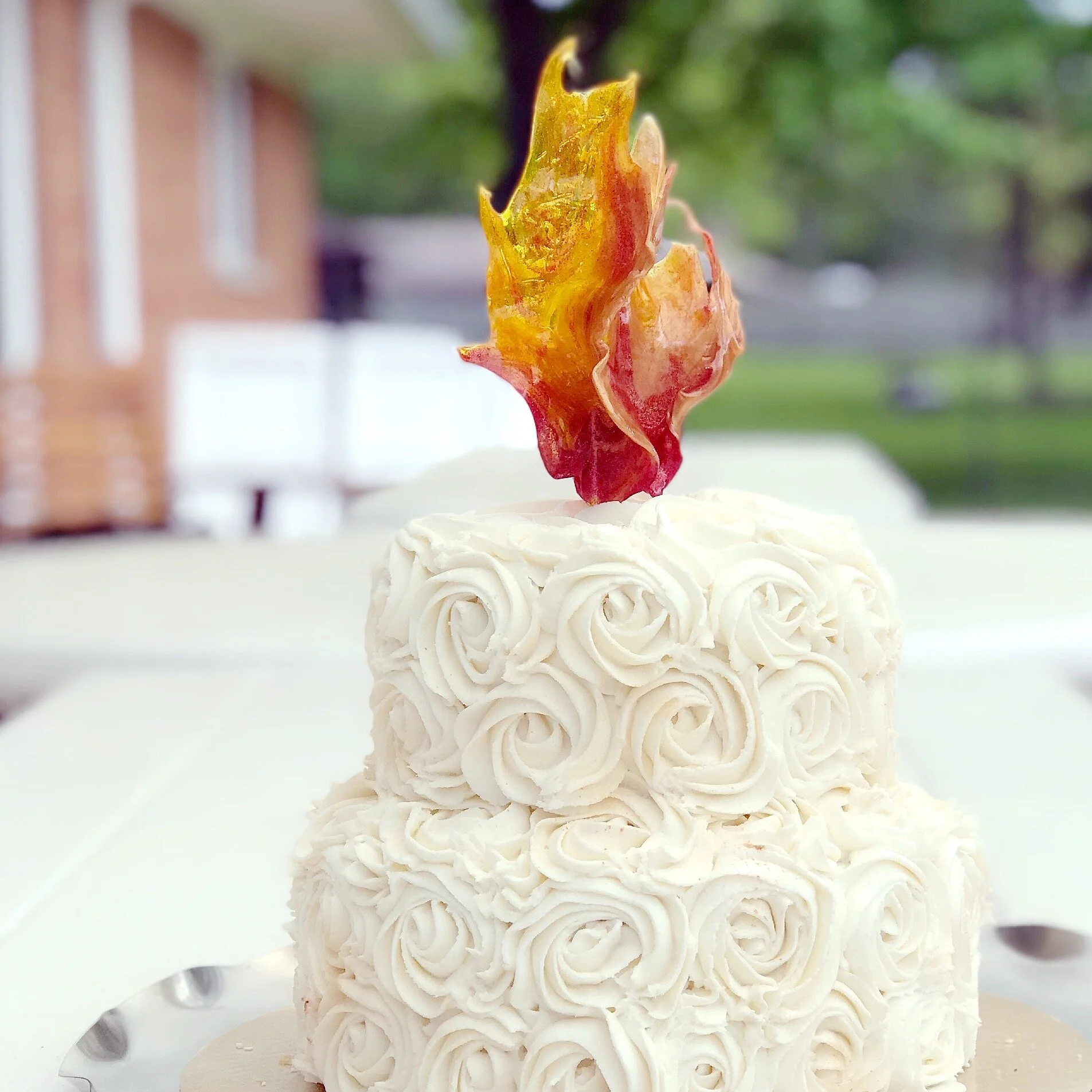Beyond the Stick Figure: Homeschool Art Program Review
/{This post contains affiliate links. I may receive compensation for purchases you make through my links. More info Here. I also received several lessons for free in exchange for an honest review.}
When I was a child, there was nothing I wanted more than to be an artist. As I grew into an older teen, that desire remained solidly intact but I lacked the understanding and guidance to make that happen. I never got the chance to go to art school but I never lost the deep urge to create. So…
I got married and had a bunch of beautiful babies who are growing into amazing people. And I have expressed my creative inclinations through my motherhood and interactions with the world. I have no regrets, but there is one thing I wish that I could have brought with me into my vocation…
I wish that I had been given a broader technical knowledge of art so that my hands would be free to produce something beautiful when my heart was overflowing with the desire to express it.
I’ve gone through several art programs in my homeschool over the last 17 years of homeschooling but none have really captured me. It’s always felt too much like “school” to me and I’ve been wary of dampening the delight of the children in their creative abilities. Not all of my older children had an interest in art but I do regret that I wasn’t able to open more doors of expression for them.
When I had the opportunity to review Beyond the Stick Figure, I was torn. I didn’t want to expend energy and time on another stuffy program that we didn’t want to finish. But after watching an introductory video, I was hooked. The instructor, Sally Stanfield, is an artist and homeschooling mother. And some of her first words to homeschooling moms convinced me this program was for me. She said (I’m paraphrasing):
Don’t squash their delight. Let them discover without pressure. Allow them to make their own mistakes and to learn the medium through experience, not henpecking.
Ah, I thought. She knows me. I’m a lover of art and embracing the wrong answer. Let’s do this…
(Scroll all the way down for my 10% discount code!)
ALL CHILDREN ARE ARTISTS
The premise of this program is that all children are artists. It’s not something that some people are born with and others aren’t. Just as we are taught to read, we can be taught the foundational skills of art. And just like the emerging reader will someday be able to read the works of Shakespeare, the crayon scribbling toddler can also develop the ability to create something beautiful through art.
For a Christian, this give another avenue of expressing the truth built into creation by our creative God. We, who were made in His image and likeness, can learn to more fully express that joy.
FOR THE WHOLE FAMILY
Beyond the Stick Figure is a program that can be used by almost every person in the family. We are currently using it with four students ages 6, 8, 12, and 15. And occasionally, the 3-year old will join us and contribute his own masterpieces! Everyone participates in the same lessons but brings his or her own degree of experience and fine motor maturity. There’s no reason why an adult cannot also enjoy the process.
Please note: This is also the perfect program for a non-homeschooling family because it isn’t cumbersome. It doesn’t add a burden to an already full schedule but makes itself available to a ANY child interested in pursuing a greater knowledge of art.
SHORT LESSONS
I’m convinced that the best way to teach a child is to spend a brief amount of time instructing and then GET OUT OF THE WAY! lol Sally does a wonderful job of keeping the lessons only a few minutes long so that the student can spend the majority of the time practicing. There is no greater art teacher than the experience of manipulating the medium over and over…allowing the brain to connect with the hand…and enjoying the experience. A more advanced art student will perhaps need more rigorous training (to which they willingly submit) but for young ones, the majority of their experience should be a pleasure.
MANAGABLE FOR MOM
By the time most homeschool moms fit in all the basic courses we want for our children, art class can feel like a burden. Beyond the Stick Figure takes that load off. The price includes lifetime access and can be used by children independently or all together. The time required is minimal. And it can be done at your pace. You don’t have to be an art expert to run this class and you don’t have to grade papers.
REPEATABLE/REUSABLE
As I said, once you have purchased the course, you can use it for all of your students as often as you like. There is no limit to the number of times a student can go back and watch the lessons and practice the skills and techniques.
AFFORDABLE
The purchase is one time for all time and all children. From the comfort of your own home (yes, I know you don’t need another lesson to drive to!) with the option of allowing the kids to post their work to the online community. This program can work for multiple years, especially since a maturing student can repeat the lessons but with the ability to layer experience an their own innovation. Click the link HERE to go to the Beyond the Stick figure website for more information. And don’t forget to use my discount code for 10% off! ARTFORYOU19
SUPPLIES
The supply list is one of my favorite aspects of this program! It is extremely simple. It is also focused on good quality materials which make the experience so satisfying for the children. For those moms hesitant to give professional art materials to young children, I will give you an example of how supplies can make or break the experience for a reluctant artist:
Did you ever gone to a restaurant and as a kid where they give cheap crayons to color the menu? You pull out the beautiful green crayon and start to color the dinosaur and… oh… it’s mostly a light, waxy, inconsistent smudge of color. You thought you were good at coloring until you tried that crayon! You know what you can do with a Crayola and although it’s just a restaurant placemat, it’s still disappointing and annoying.
That’s the difference. When your child has a real art marker in their hand and the heavy pigment first bleeds onto that paper… they will be delighted. You can certainly use whatever materials you like (you’re the teacher!) but I do recommend using her list. We use her list all the way down to our 6-year old but the 3-year old gets Crayola markers. :)
The supply list:
Quality alcohol ink markers like Prismacolor (set of 12). A typical price is around $20. A great price is anything under $20. Using coupons at a local supply store like Joann Fabrics can be a great way to save.
Quality art pad like Strathmore for lessons and filing art. This does double duty as a work space and a portfolio.
Copy paper. We use the same paper we buy for our printer.
We also purchased a flat plastic bin for each child at the Target dollar section to hold their supplies and a washi tape for identifying their markers. She does teach the kids how to care for their materials and one suggestion is to use tape to identify markers with multiple students. Smart lady! We thought the colorful washi tape would be an easy way to do that.
Our bins neatly fit the kids’ materials. Most of the children have the set of 12 Prismacolor markers but the older two girls received a larger set of 24 last Christmas with a nice carrying case (above). That purchase was made well before we discovered this course (because I already believed in giving the kids good supplies) so we were extra excited to be able to use them with this course. Be savvy and SHOP THE SALES!! Even on Amazon, a search will reveal different prices by multiple sellers. Right now, I see one seller selling a 12-count for $17 and another for $25. Before Christmas last year, we found the 24-count with case on sale for 50% off at a small online art store.
He’s 100% happy with his $1 Crayola markers.
Sally cautions not to criticize or force the child’s learning to satisfy our motherly pride or desire to control. I can’t tell you how much I appreciate that approach and also that reminder. This process is not about me and what I look like. It is to benefit and bless our children and our first order of business is to honor their need for home to be a safe and inspiring place to learn.
Every one of my students looks forward to doing this program and enjoys the new lessons… and I do as well. Sometimes the most critical ingredient to the long-term success of a homeschool program is really whether or not mom likes it! I’m a fan. And I think we’ve finally found a program that fuels the joy of creating instead of trying to compartmentalize it.
TO PURCHASE
Visit the Beyond the Stick Figure website, select your program, and use the 10% discount code: ARTFORYOU19
Enjoy! And may your school year (and life) be richly blessed with the creative love of Jesus Christ!























































